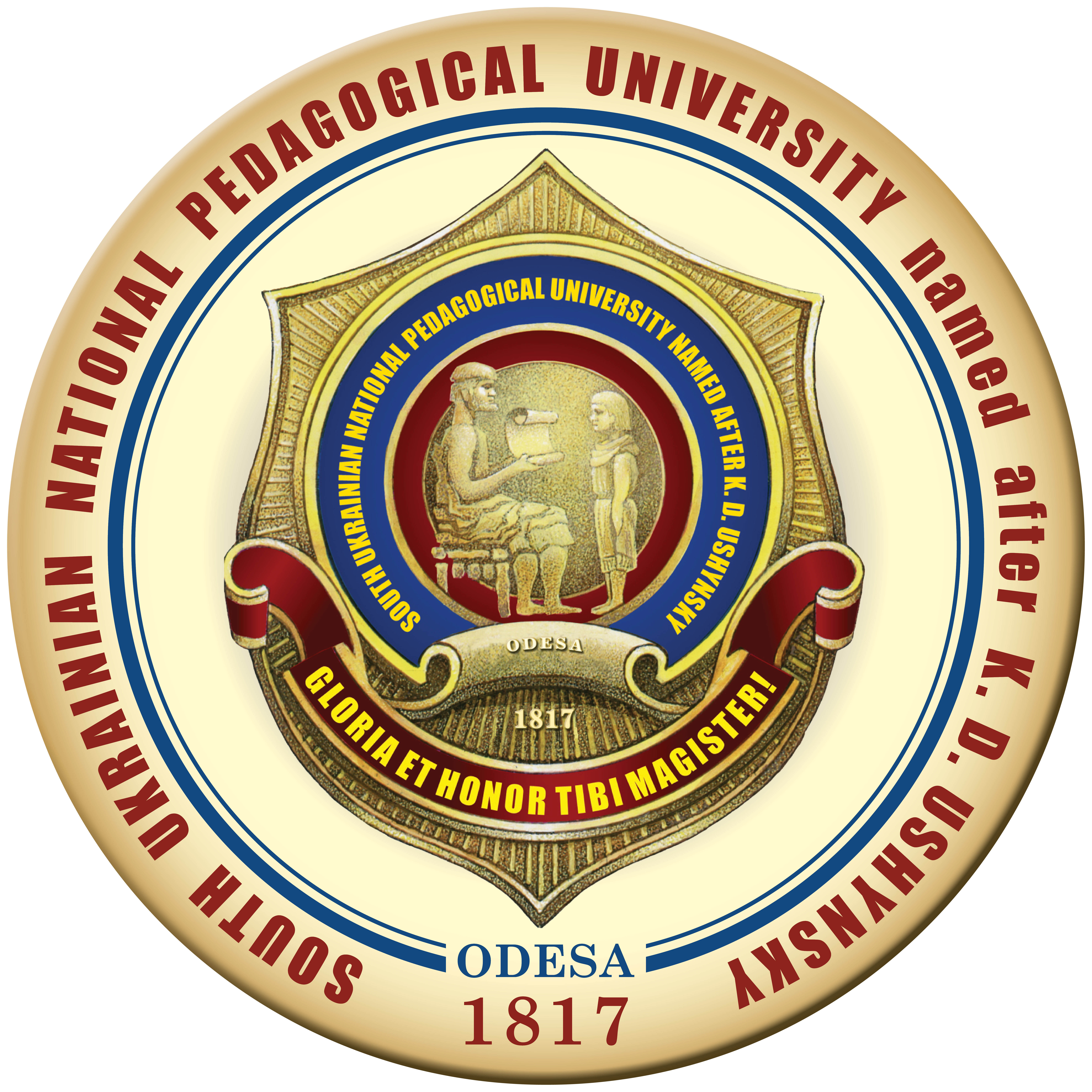PSYCHOLOGICAL AND PEDAGOGICAL CONDITIONS OF RECOVERY OF LOCOMOTOR FUNCTION IN PERSONS WITH THE CONSEQUENCES OF ACUTE CEREBRAL BLOOD CIRCULATION DISORDER WITH THE USE OF ADDITIONAL SUPPORT DEVICES
DOI:
https://doi.org/10.24195/olympicus/2024-2.27Keywords:
stroke, sharp violation of cerebral circulation of blood, facilities of additional support, proceeding in skills of walking.Abstract
Disturbance of motor functions is an integral part of the clinical picture of a person with the consequences of a stroke. Movement disorders of one half of the body (hemiparesis) or their complete absence (hemiplegia) are most often observed. The fastest restoration of the lost functions of the person with the consequences of acute cerebral blood circulation is one of the priority tasks of complex rehabilitation of such patients. Among the many issues that are resolved in the context of the formation of vital skills is the restoration of human locomotor function. This reduces the degree of dependence of a person after a stroke on others and improves the possibilities of his social adaptation and integration in society. The article describes the psychological and pedagogical conditions for restoring locomotor function in people with the consequences of acute cerebrovascular accident with the use of additional support. The purpose and task of the research is to find out the psychological and pedagogical conditions for restoring locomotor function in people with the consequences of acute cerebrovascular accident using additional support, to determine and substantiate the algorithm for the formation of additional support structures, the peculiarities of their use during learning to walk at each stage of its formation. Research results. The peculiarities of the use of additional support devices during the formation of walking skills were analyzed, the main factors inhibiting the process of locomotor function recovery during the use of additional support devices were revealed. Suggested methodical techniques that speed up the process of restoring the ability to walk independently. Conclusions. The formation of the ability to walk independently should be carried out through the sequential formation of walking skills and abilities with the use in a certain sequence of means of manual additional support, which are selected for each patient in accordance with the typical and individual characteristics of a person, motor and neurological condition. In order to increase motivation for classes, the methodical provision of rehabilitation classes should depend on the individual characteristics of patients, inclinations and interests of each person, which are determined on the basis of the results of a preliminary psychological examination. Walking with each type of support equipment has its own specific features and is considered as a separate motor action and must go through stages: initial learning, advanced learning, application of skills in different conditions (formation of variable skills). At the stages of familiarization and in-depth learning of the motor action, learning the elements of the step, regardless of the support device used, is carried out separately by phase, with a stop and fixation of the position after the performance of each phase of the motor action, which is associated with paresis of the muscles of the posterior group of the thigh. As the walking skill is improved, the action is performed without focusing on each of the phases.
References
Медична і соціальна реабілітація: підручник / В.Б. Самойленко та ін. Київ : ВСВ «Медицина», 2023. 359 с.
Марченко О.К. Фізична реабілітація хворих із травмами й захворюваннями нервової системи : навчальній посібник. Київ : Олімпійська література, 2006. 196 с.
Герцик А.М. Теоретико-методичні основи фізичної реабілітації/фізичної терапії при порушеннях діяльності опорно-рухового апарату : монографія. Льві в: ЛДУФК, 2018. 388 с.
Кальонова І.В., Богдановська Н.В. Реабілітаційна діагностика в неврології : навчальний посібник. Суми : Університетська книга, 2024. 178 с.
Афанасьєв С.М. Теоретико-методичні основи фізичної реабілітації осіб з функціональними порушеннями і дегенеративно-дистрофічними захворюваннями опорно-рухового апарату : автореф. дис. … д-ра наук з фіз. вих. і спорту. Київ, 2018. 505 с.
Основи науково-дослідної роботи здобувачів вищої освіти за спеціальністю «Фізична культура і спорт» : навч. посібник / В.М. Костюкевич та ін. : вид. 2-ге, без змін. Київ : Олімпійська література, 2019. 528 с.
Неврологія : підручник / І.А. Григорова та ін. ; за ред. І.А. Григорової, Л.І. Соколової : 3-є вид., переробл. та допов. Київ : ВСВ «Медицина», 2020. 640 с.
Попадюха Ю.А. Сучасна реабілітаційна інженерія : монографія. Київ : Центр учбової літератури, 2018. 108 с.
Фізична, реабілітаційна та спортивна медицина : підручник для студентів і лікарів / за заг. ред. В.М. Сокрута. Краматорск : «Каштан», 2019. Т. 1. 478 с.
Сітовський А.М. Фізична терапія при порушенні діяльності опорно-рухового апарату : навч. посібник. Луцьк : ВНУ ім. Лесі Українки, 2022. 183 с.
Швесткова О., Свєцена К. Ерготерапія : підручник. Київ : Чеський центр у Києві, 2019. 280 с.
Fawcett C. Fundamentals of Tests and Measures for the Physical Therapist Assistant / Fawcett C., Fruth S. Jones & Bartlett Learning, 2020. 430 p.
Quiben M. Umphred's neurological rehabilitation / Quiben M., Reina-Guerra S., Lazaro RT (eds.); 7th edition. Boston : Elsevier, 2020. 1362 p.







